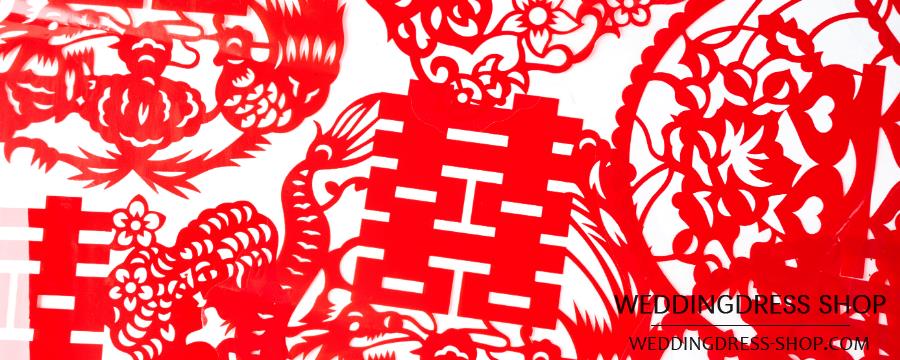The betrothal ceremony is usually held in the morning, but in some areas it is held in the afternoon. There is no strict rule on the specific time of betrothal, and it is generally determined according to local customs. Some regions require the proposal to be made at 10am, as it can catch up with the banquet prepared by the bride. There are also regions where marriage is proposed in the afternoon and evening, and the man eats dinner at the woman's house.

The timing of marriage proposal
Different regions have different requirements for the timing of marriage proposal, so everyone can follow local customs.
1. Getting married at 10am in the morning
Some regions require marriage proposal to be made at 10am. As the old saying goes, 'good things should be done early.' In some places, it is considered impolite to go after noon, and having the meaning of 'marrying half a wife' is a bad omen. If the proposal arrives before noon, it can catch up with the reception banquet prepared by the bride's family. If it is impolite to go with a meal order, the bride's family will think that the groom's family does not attach enough importance to this proposal.
2. Getting married in the afternoon
In some areas, the proposal is made in the late afternoon or evening, and the bride invites the groom's family and friends to have dinner together and discuss relevant matters before the wedding.
Proposal process
1. The man first wears formal attire to visit the woman's home and informs her parents that they plan to get married. He asks when it is convenient to propose, and if approved, they can choose a date to propose.
2. After reaching an agreement on the marriage proposal, parents can first provide the date of their marriage based on their birthdates. Some parents may find it impolite to provide their birthdates during the proposal, so they may ask a matchmaker to make a second trip to obtain their birthdates.
3. The woman hands over her birth chart to the man, and after the man receives it, he will find a professional fortune teller to determine the auspicious period based on her birth chart. After determining the auspicious period, there will be a lucky lesson, along with a red envelope, sent to the woman's home, which is called an invitation period;
The bride can choose one of the auspicious dates above and receive a red envelope of varying amounts. After receiving the red envelope, it means that she agrees to hold the wedding on this date. As for the matchmaker's red envelope, it usually depends on the matchmaker's relationship with the newlyweds.